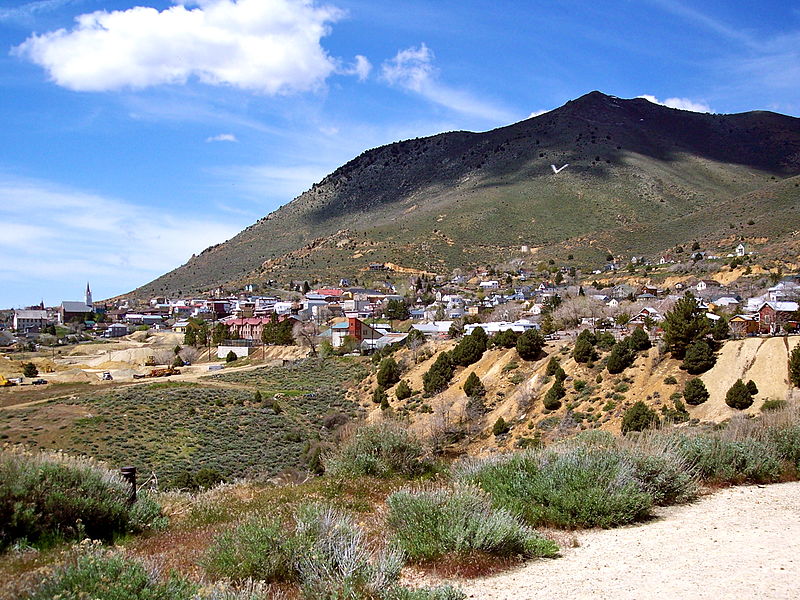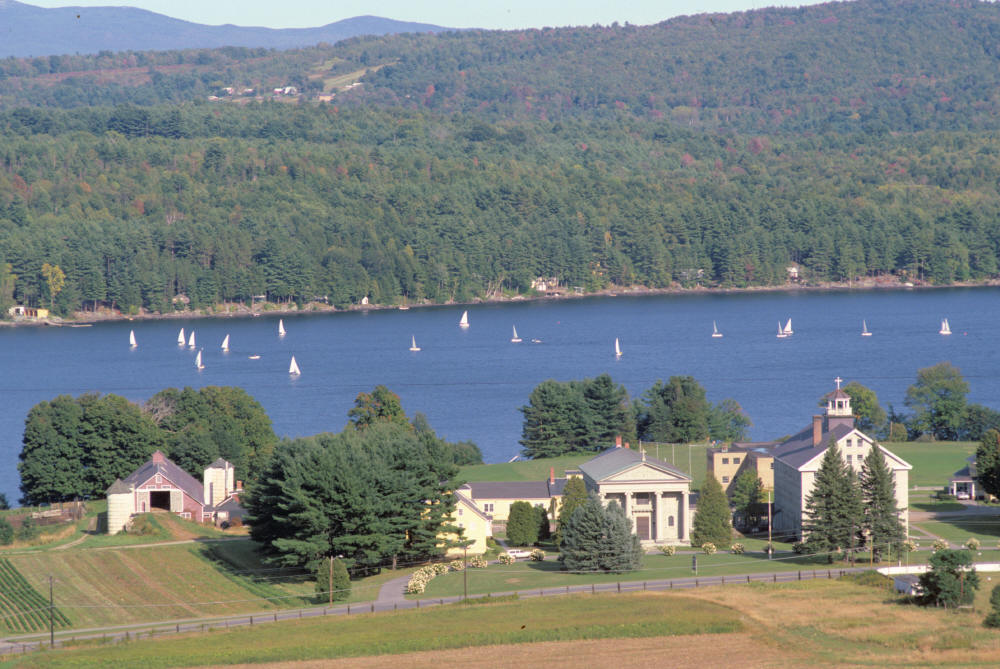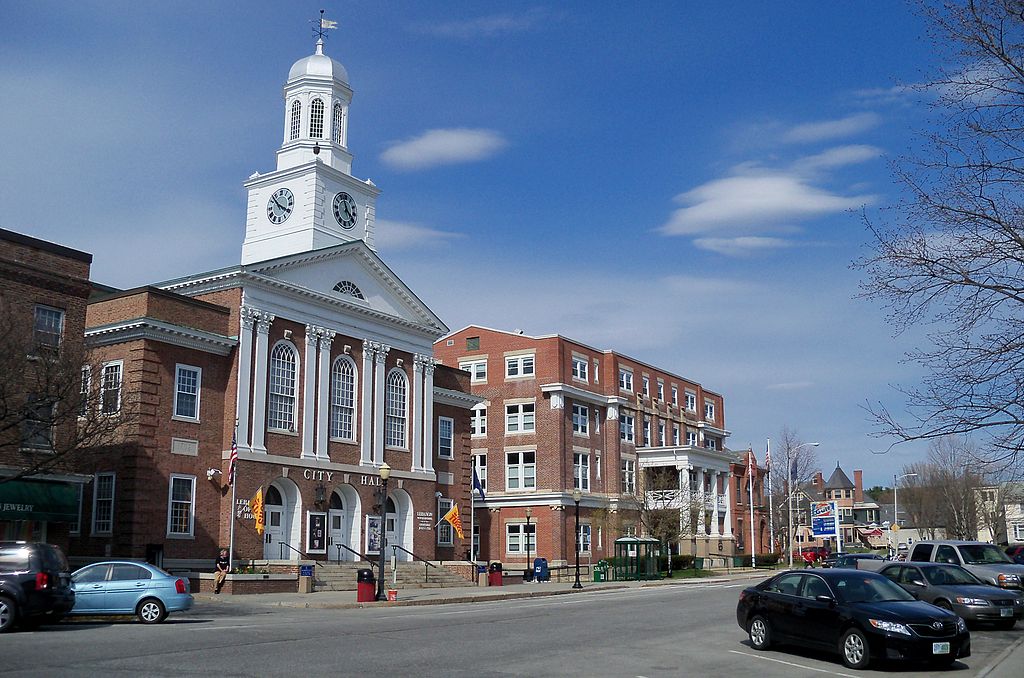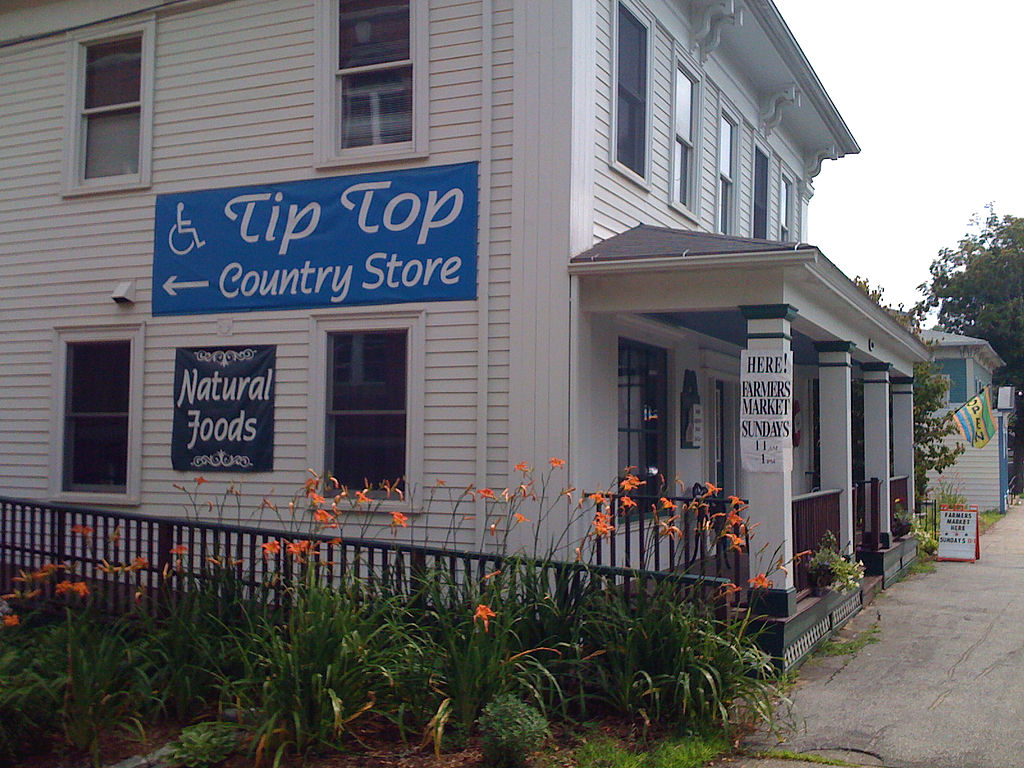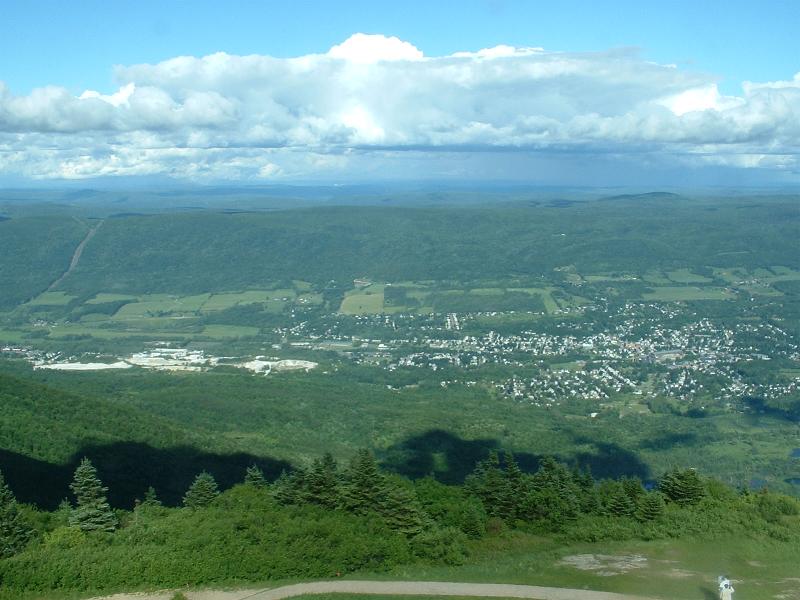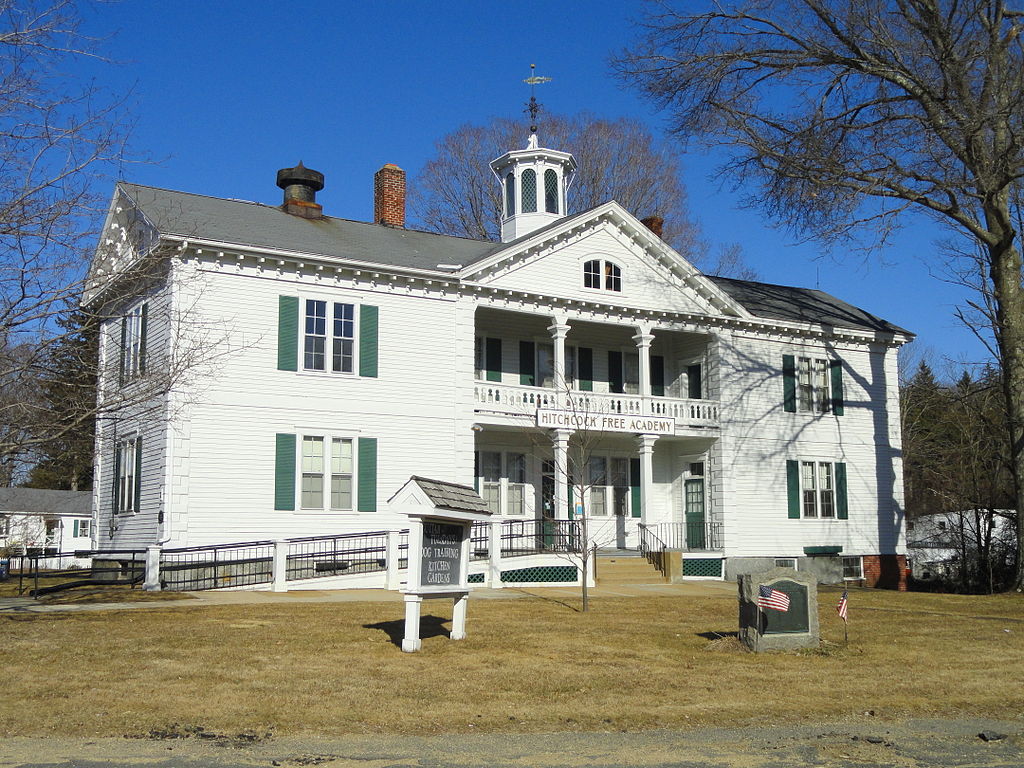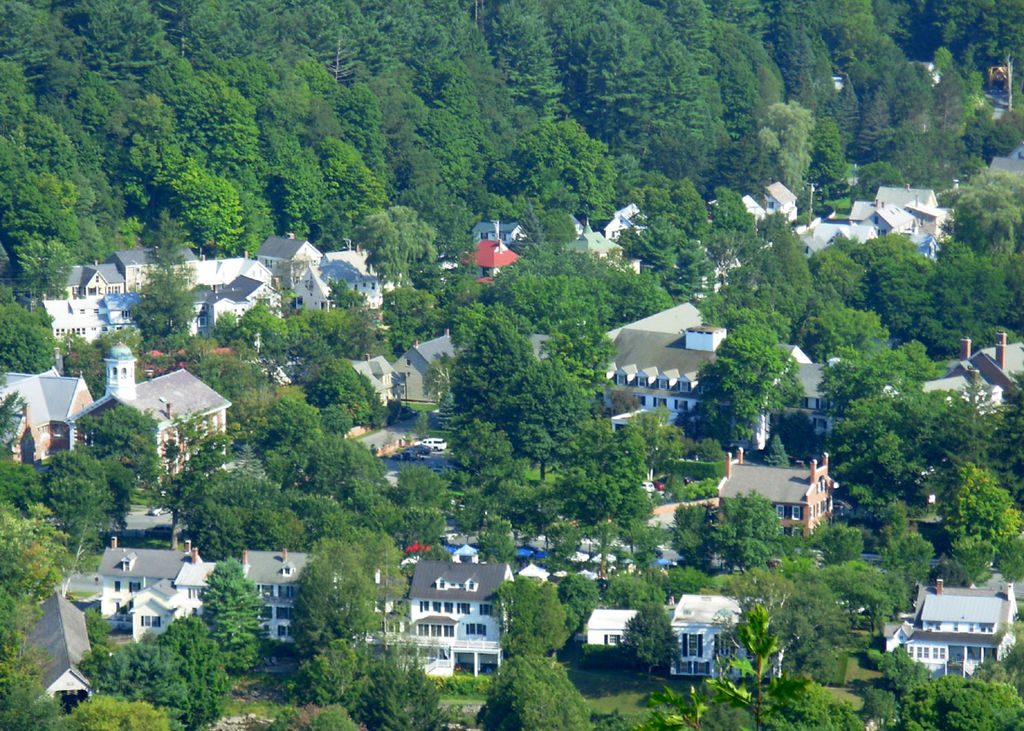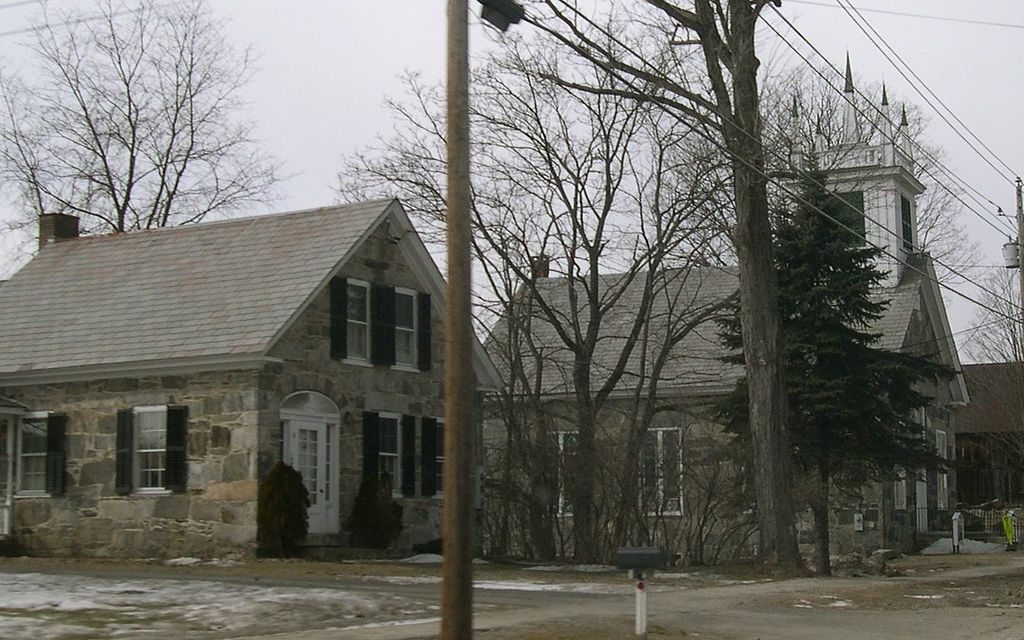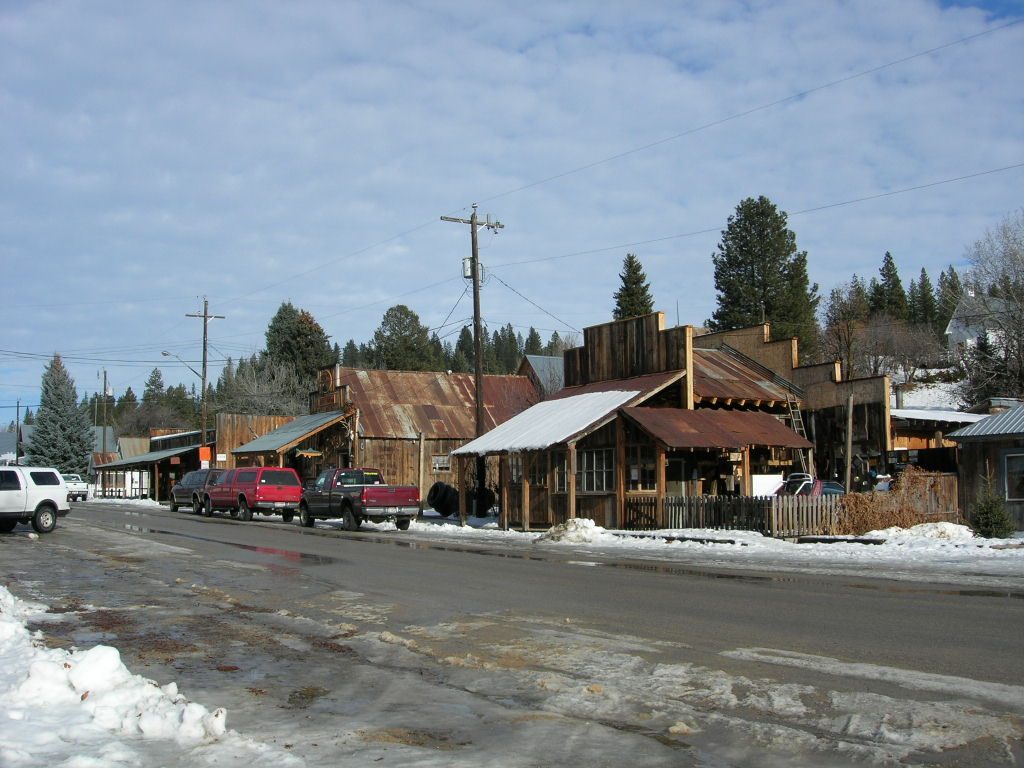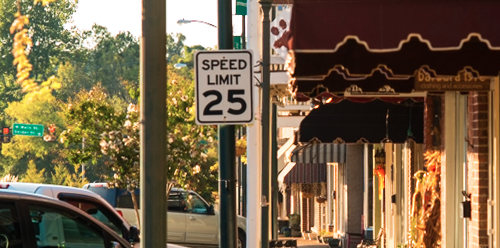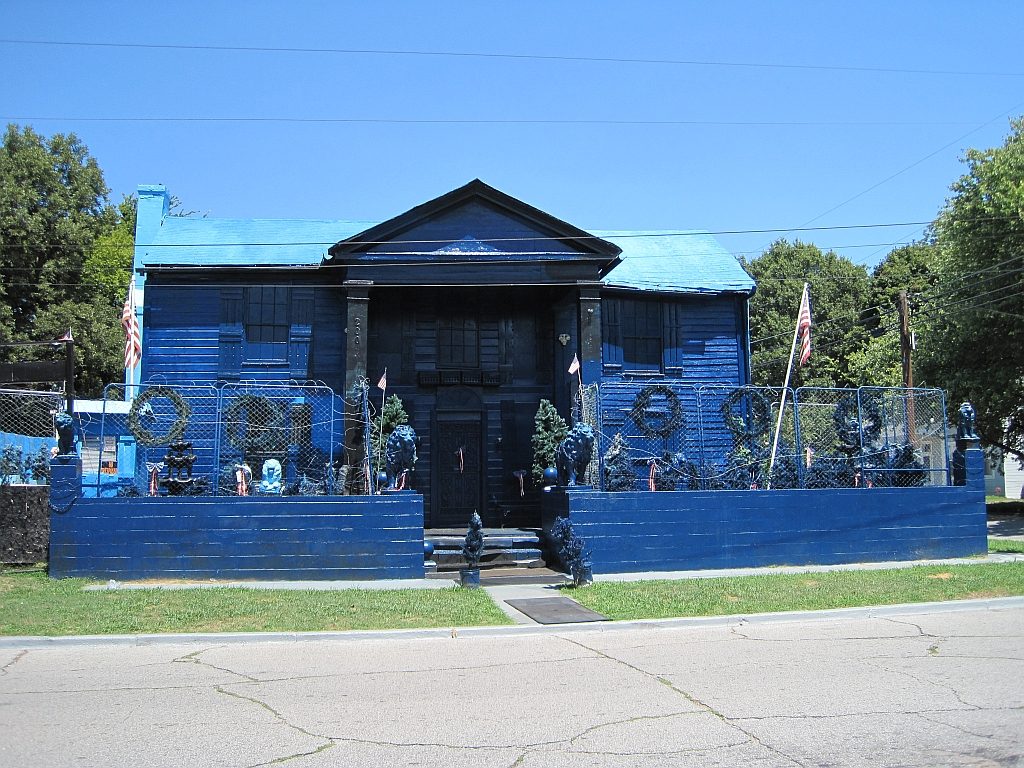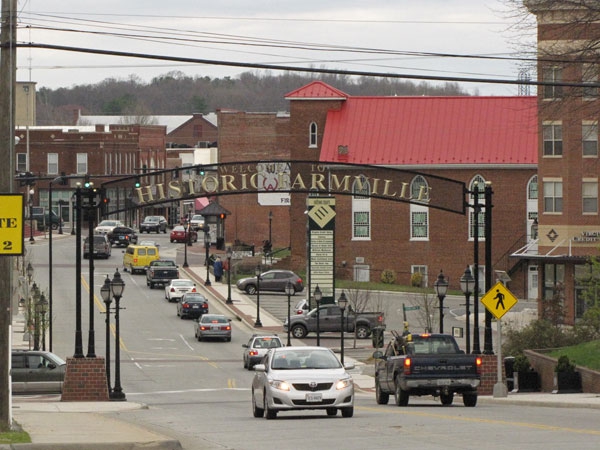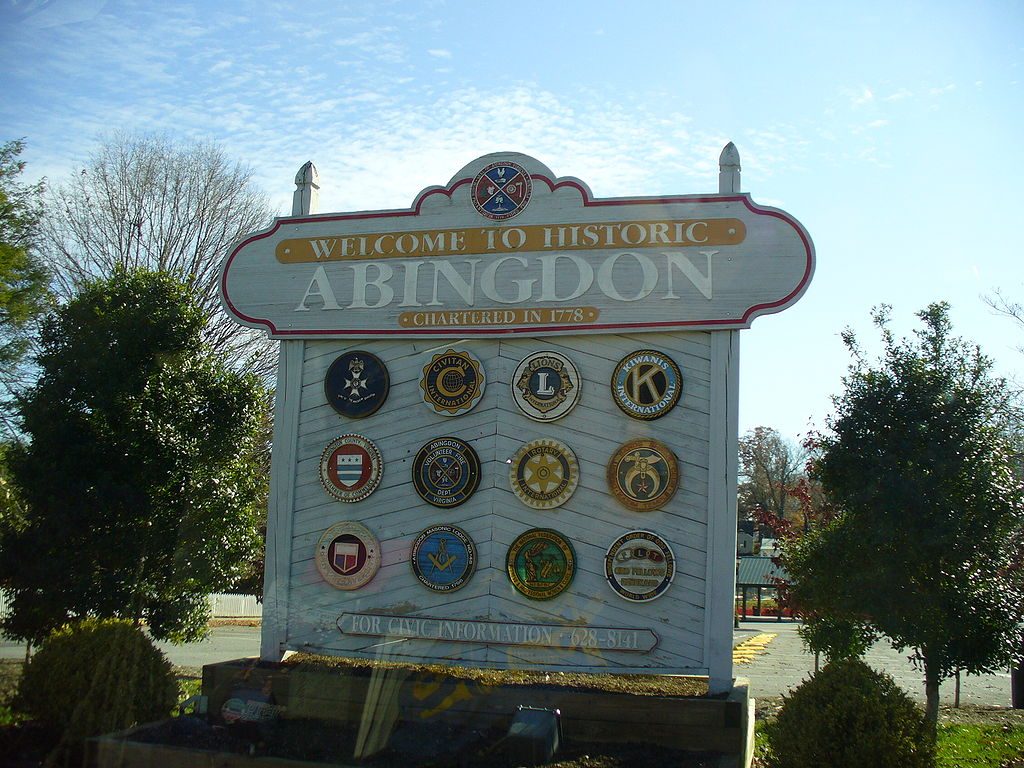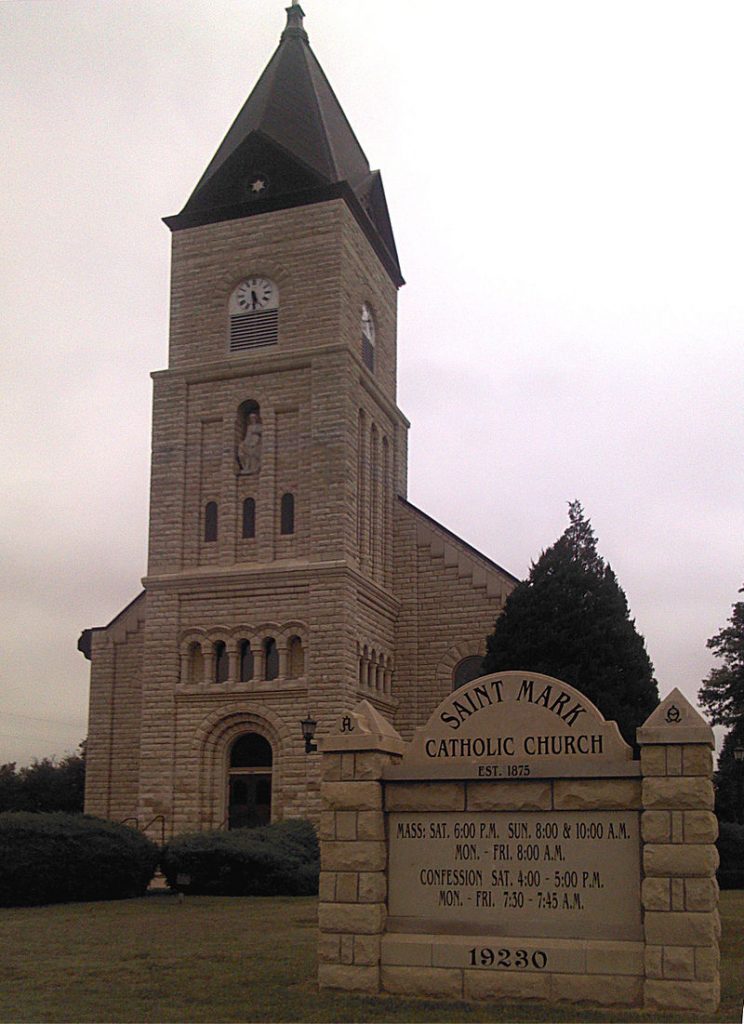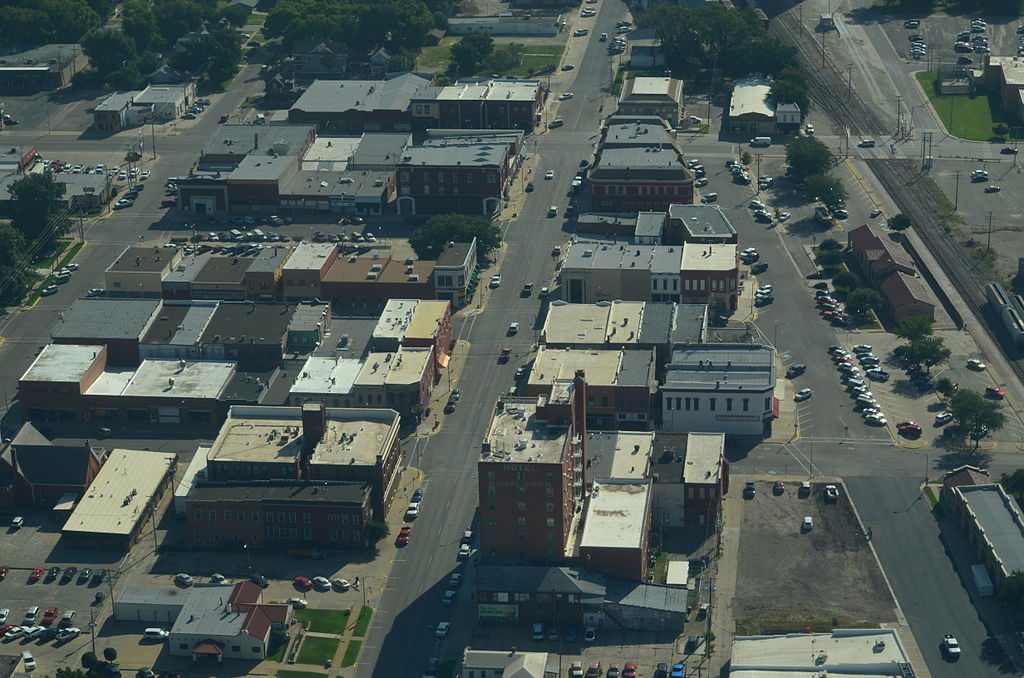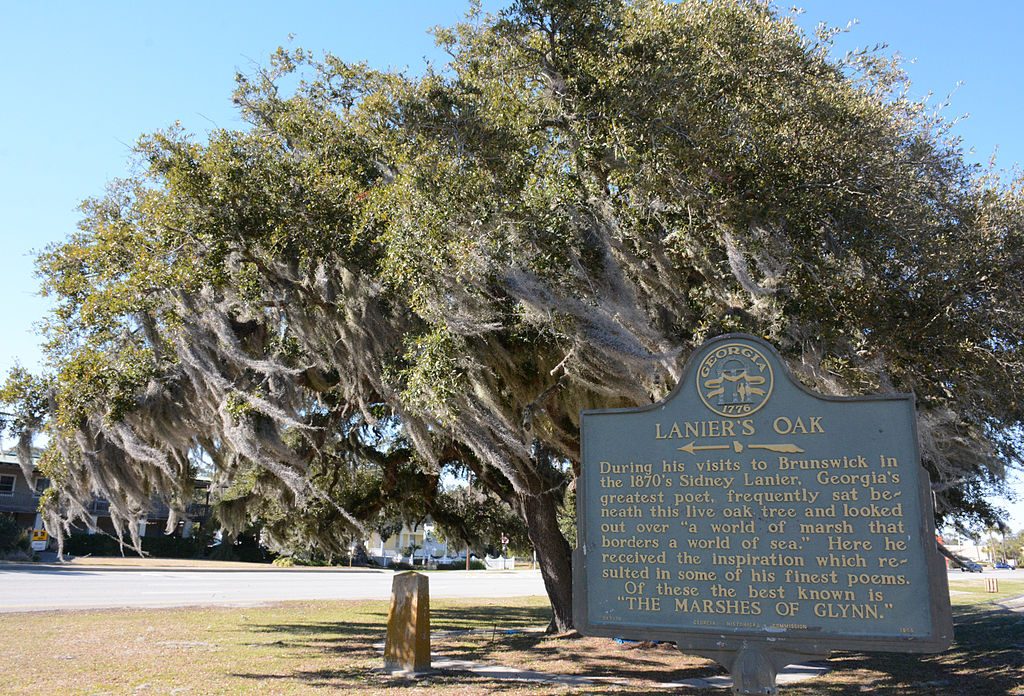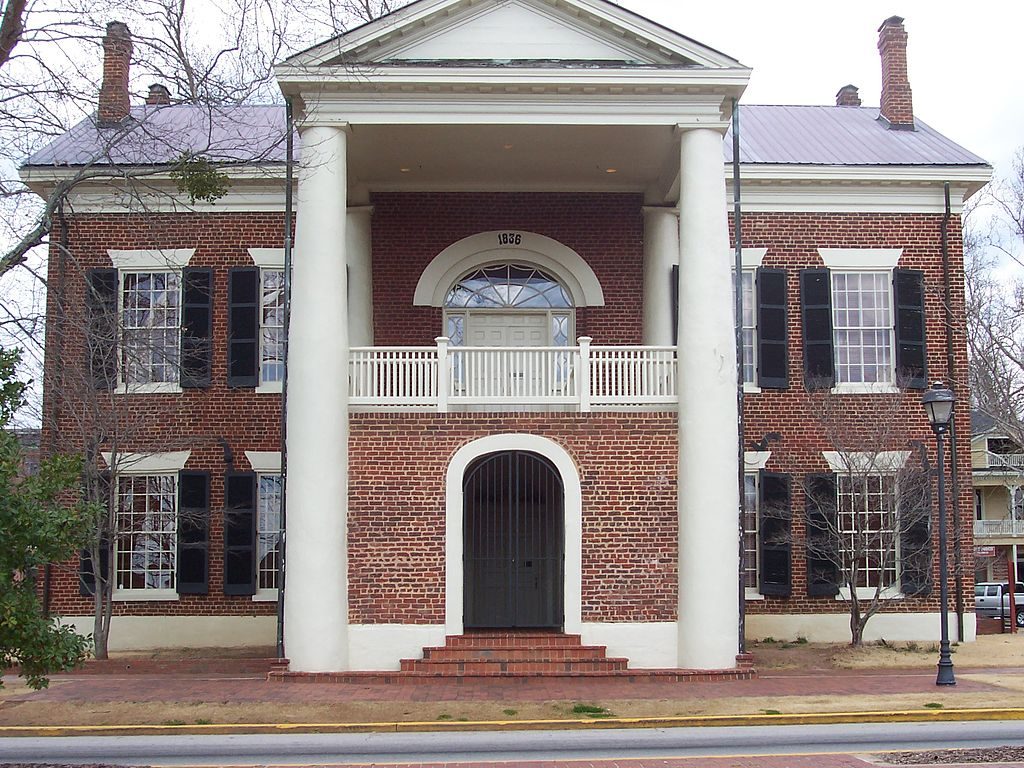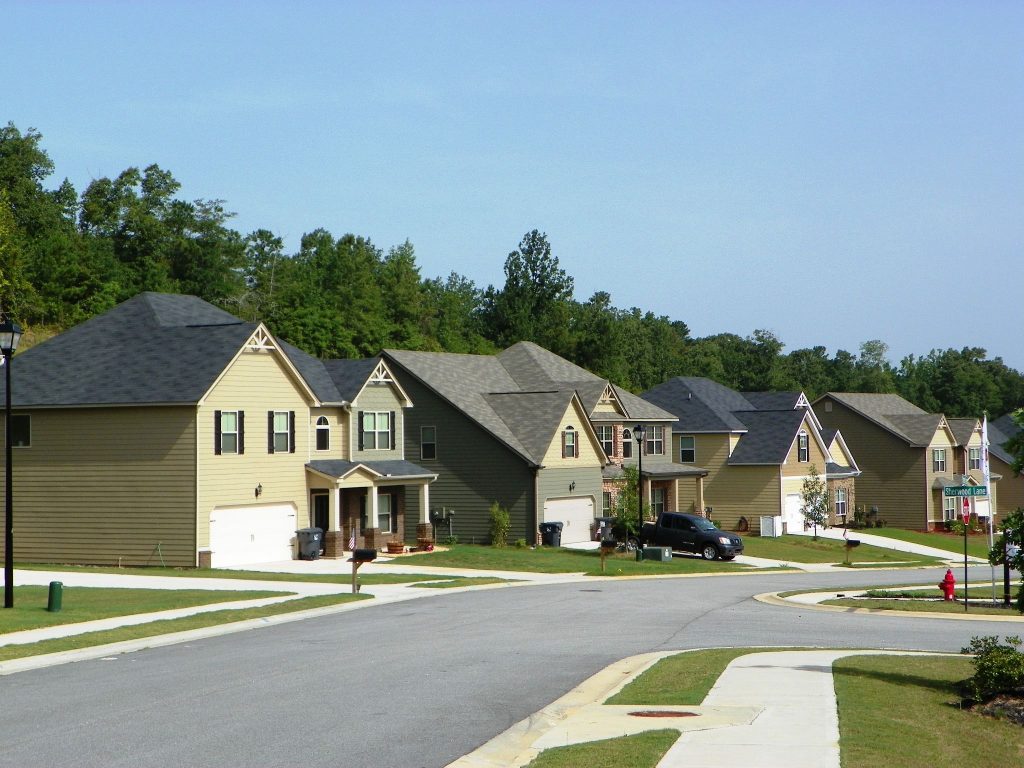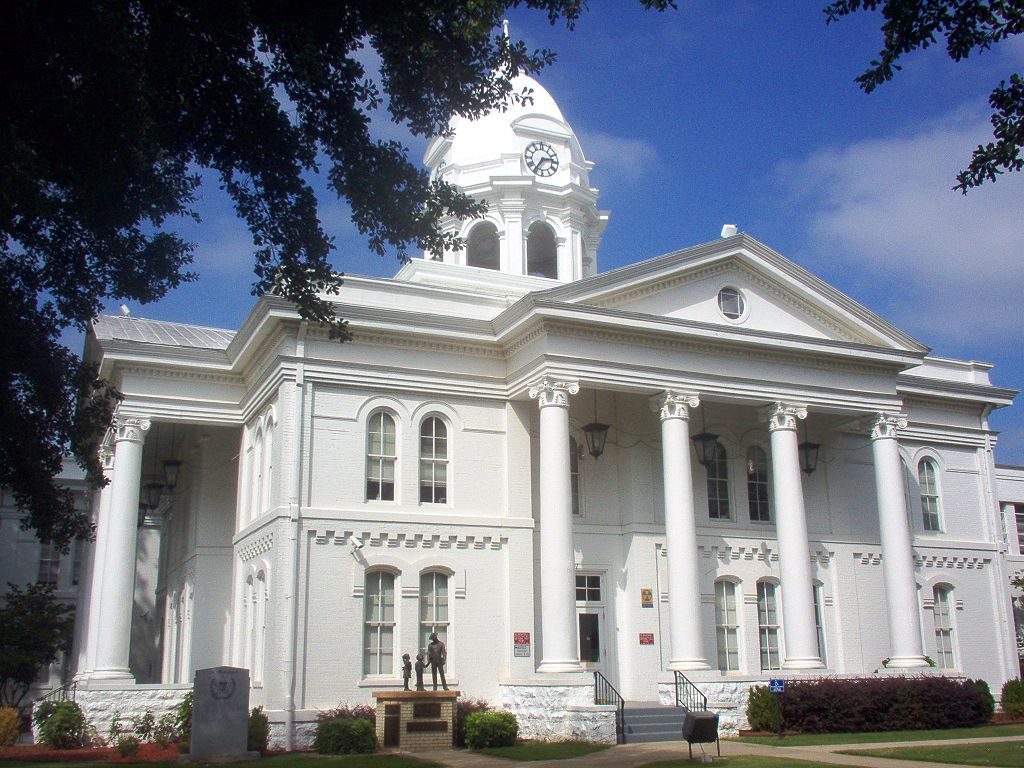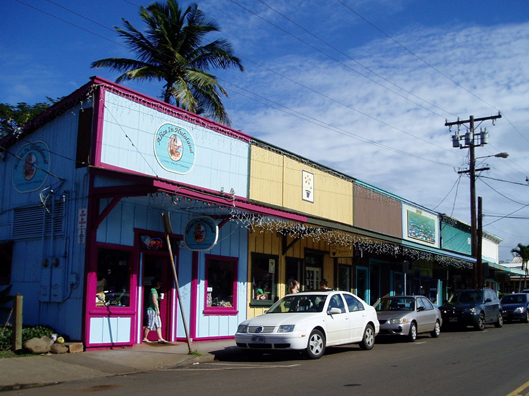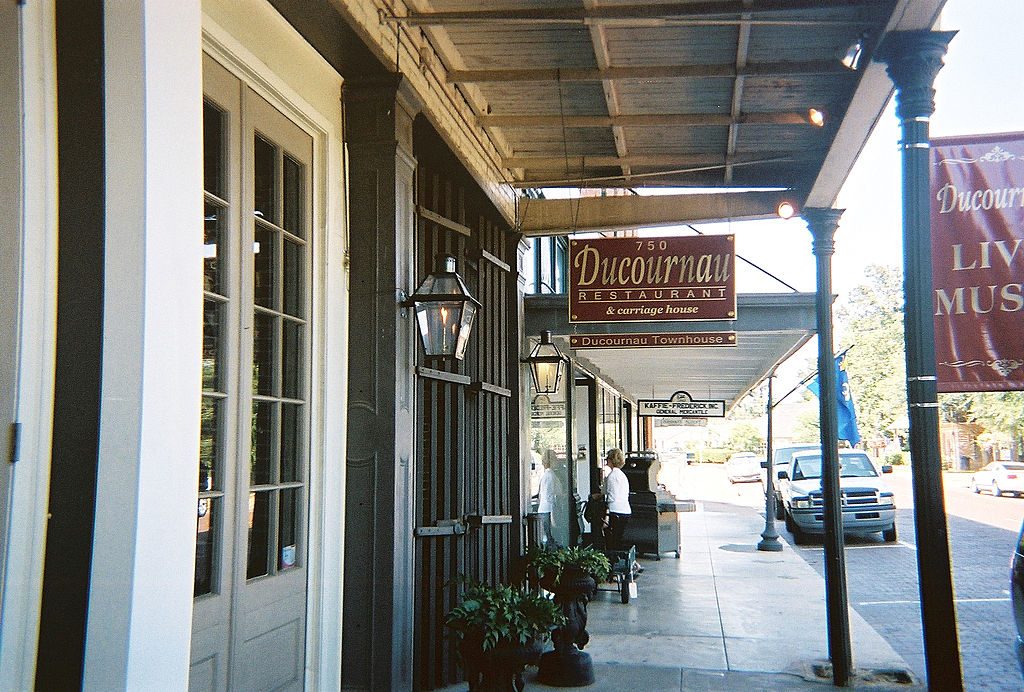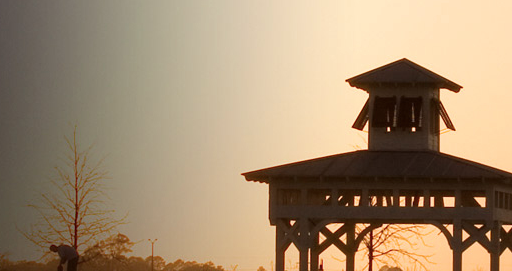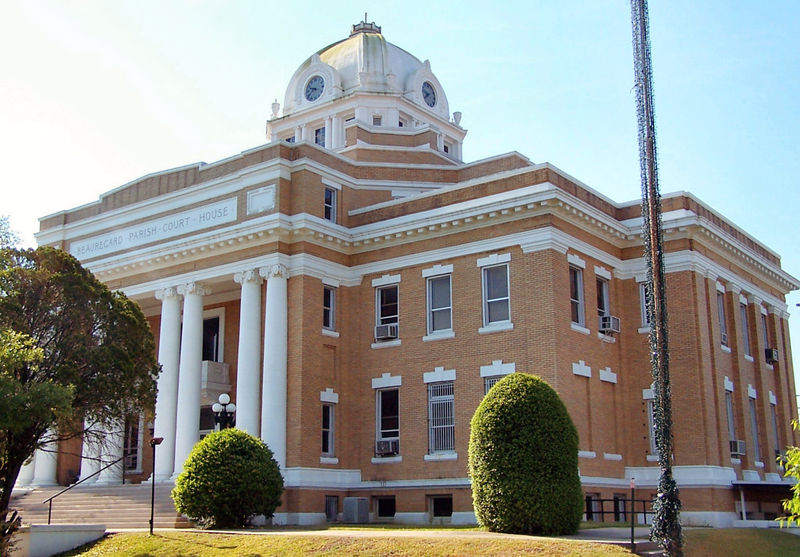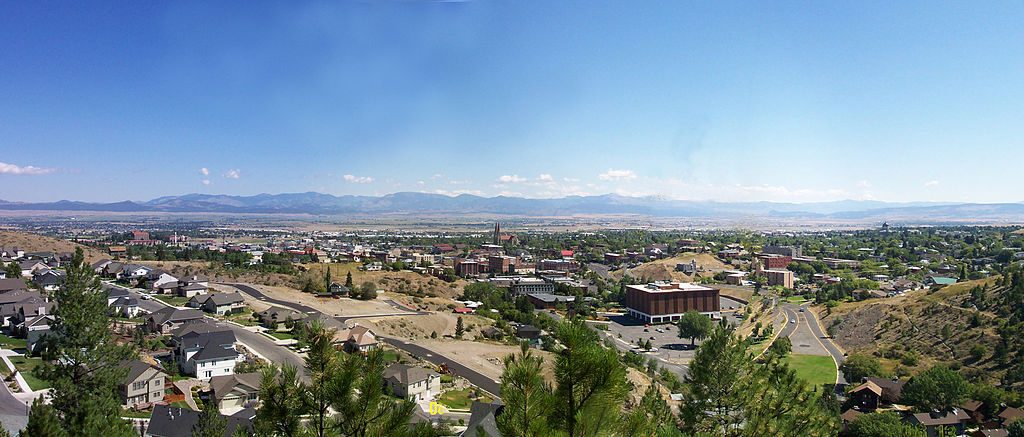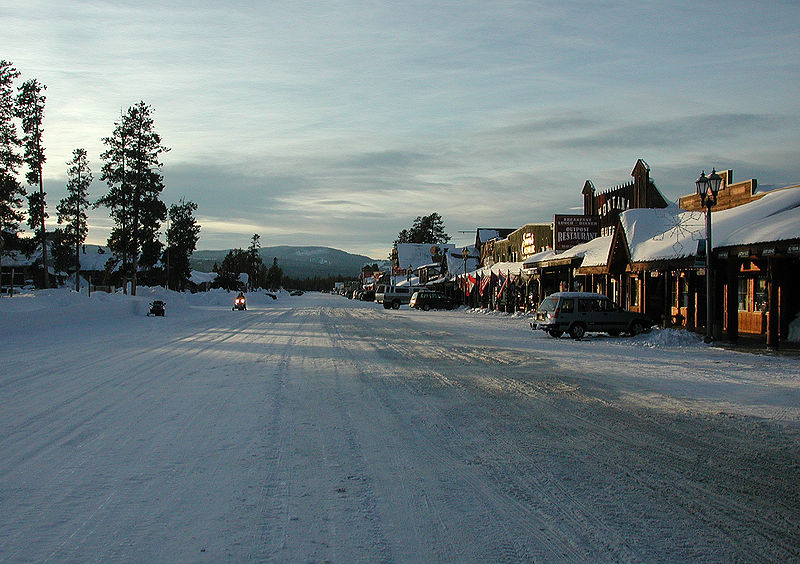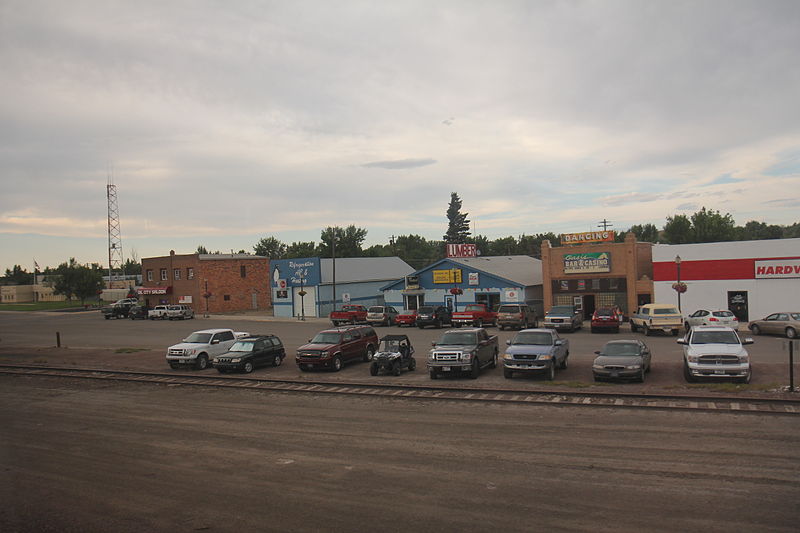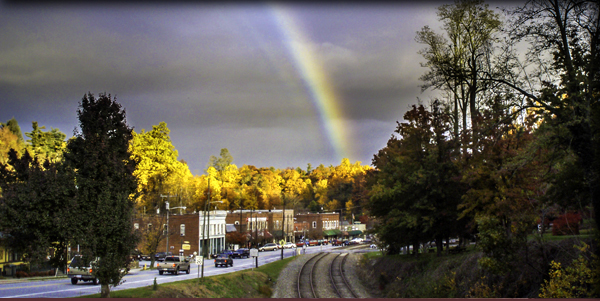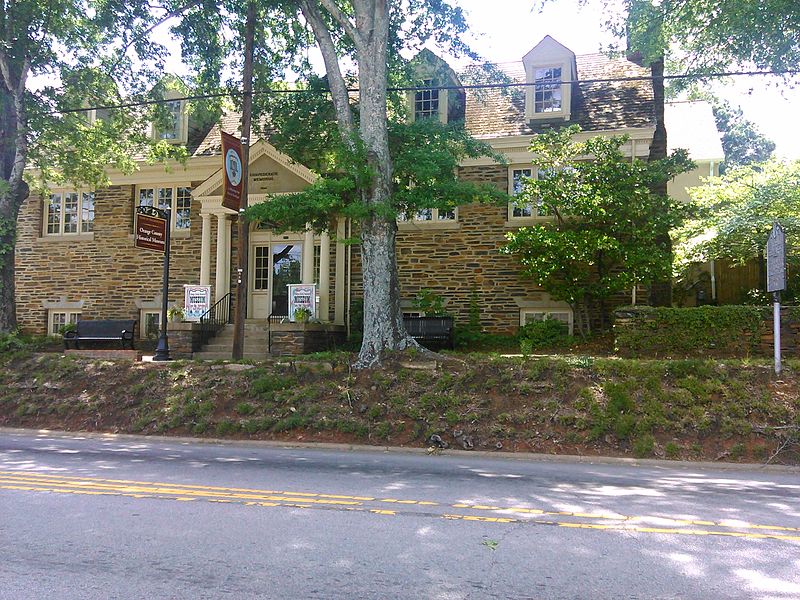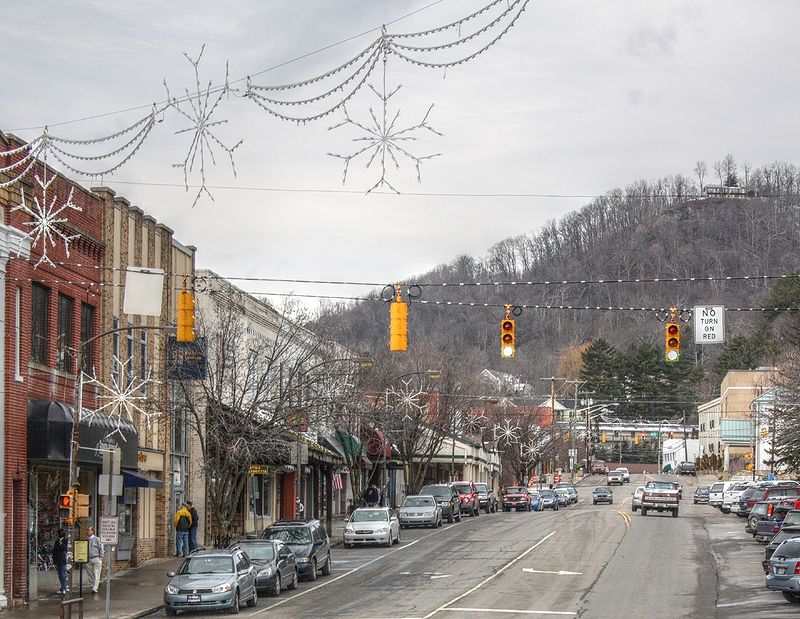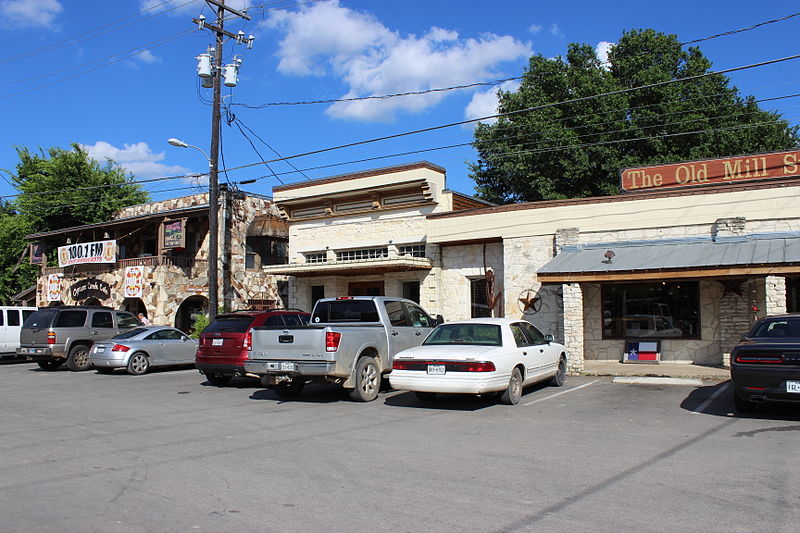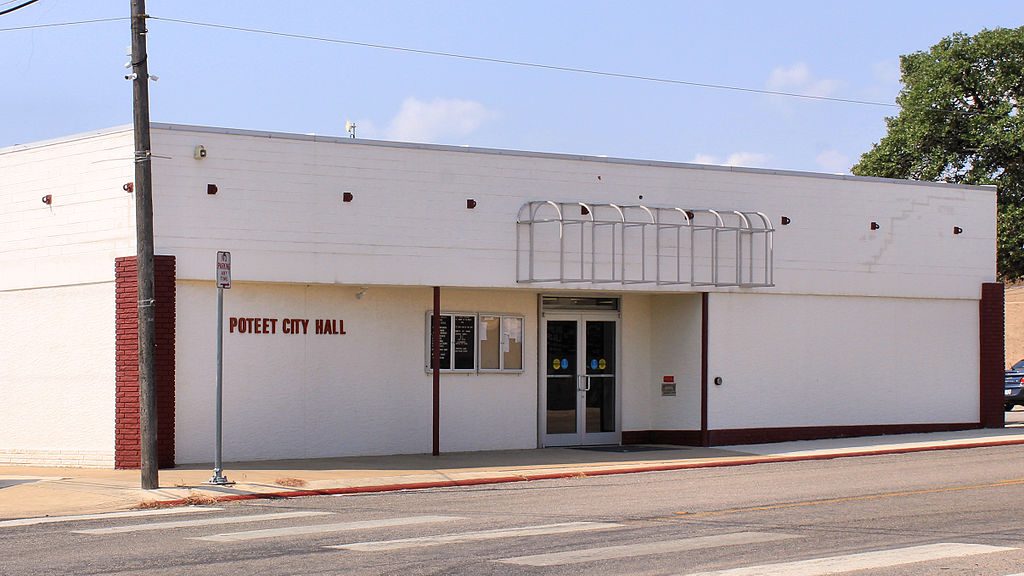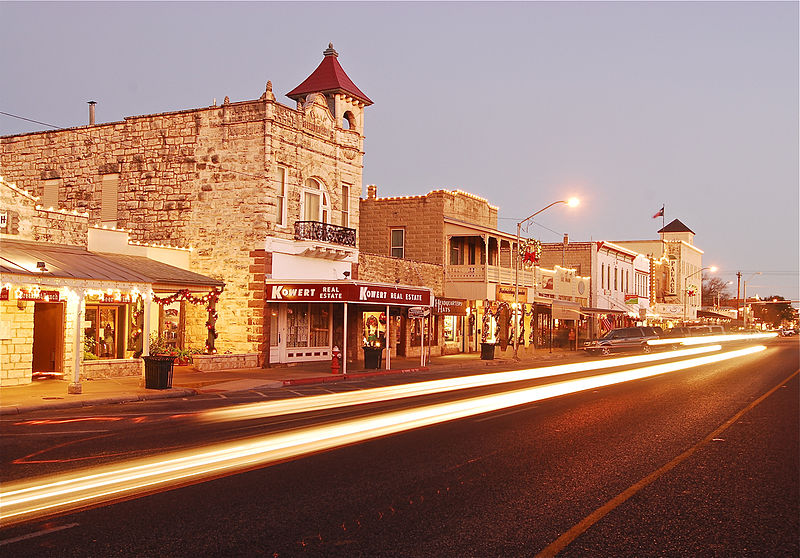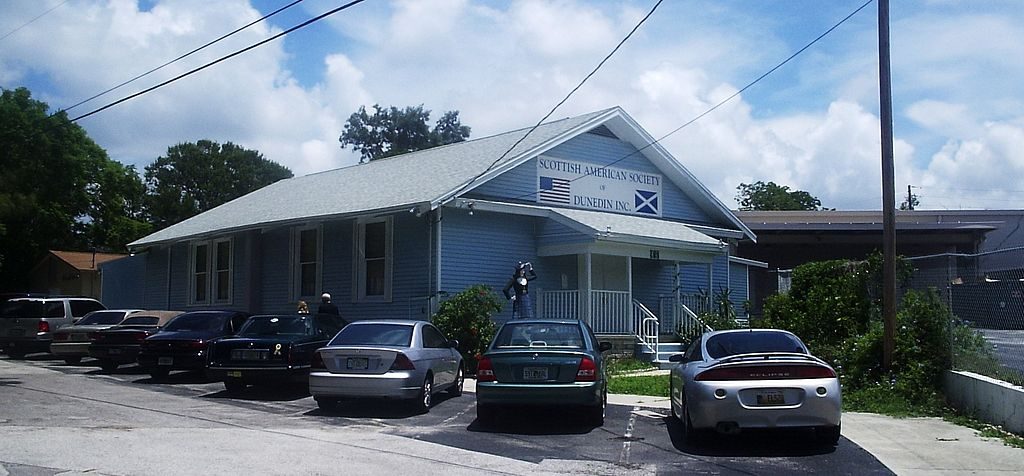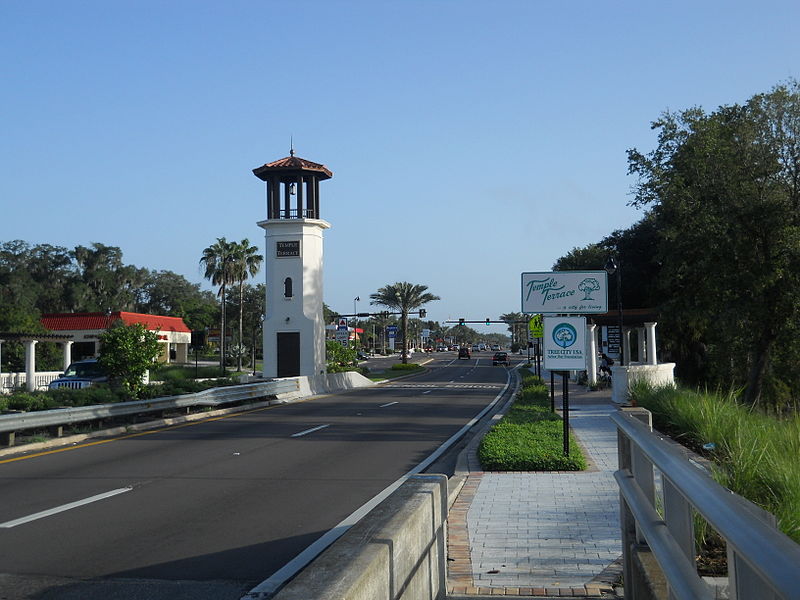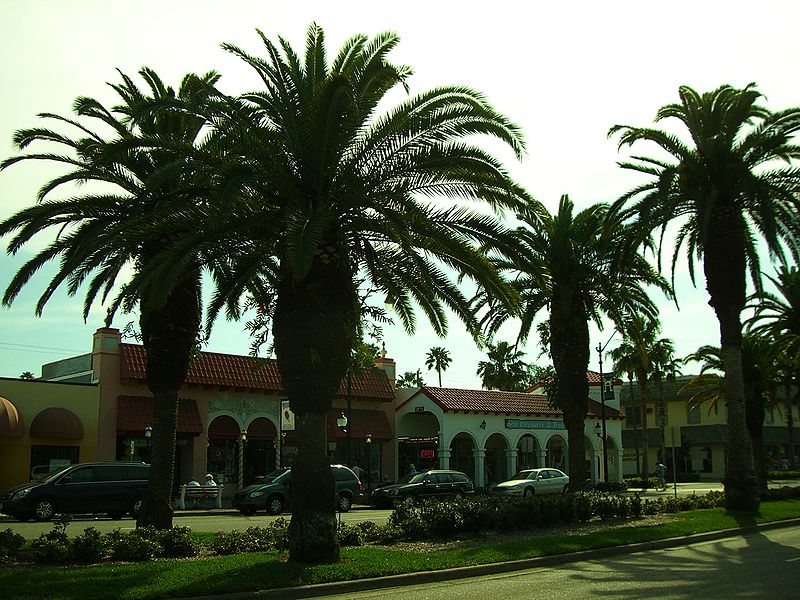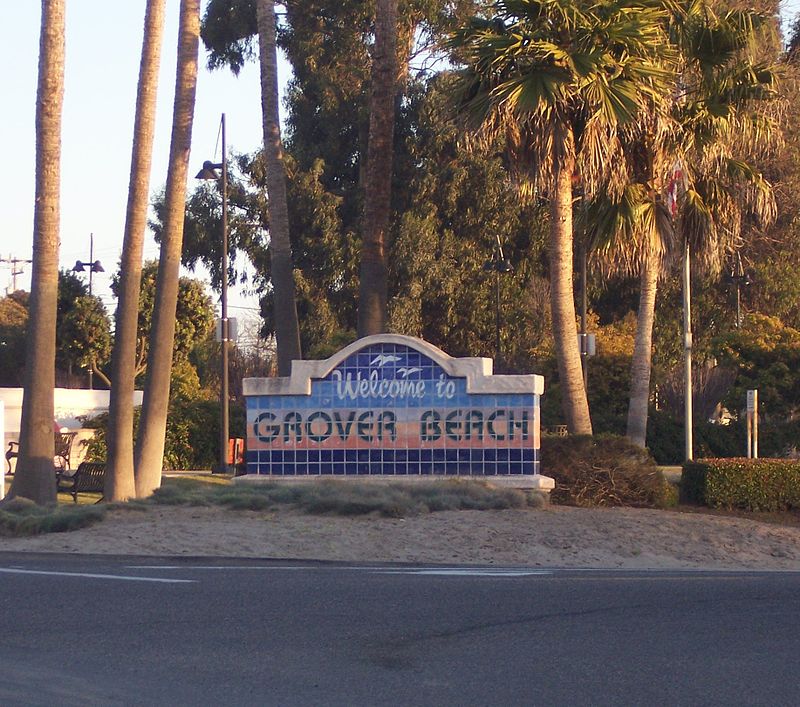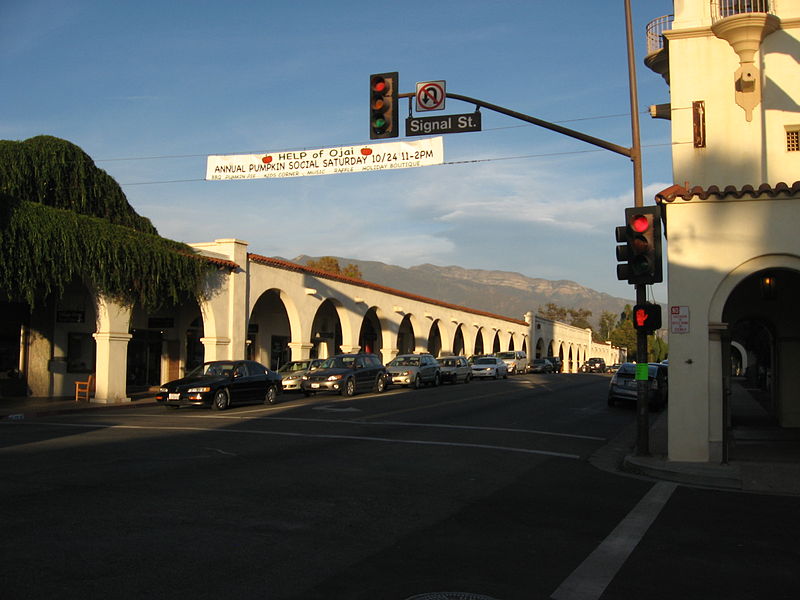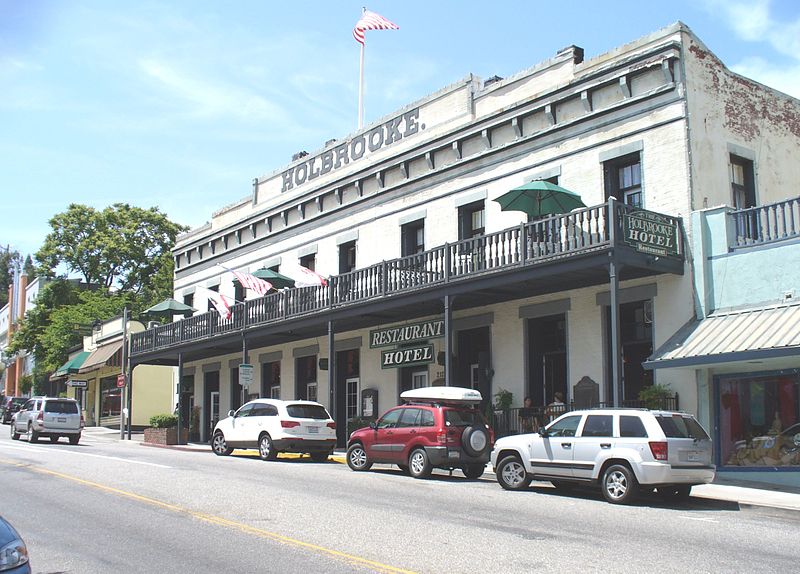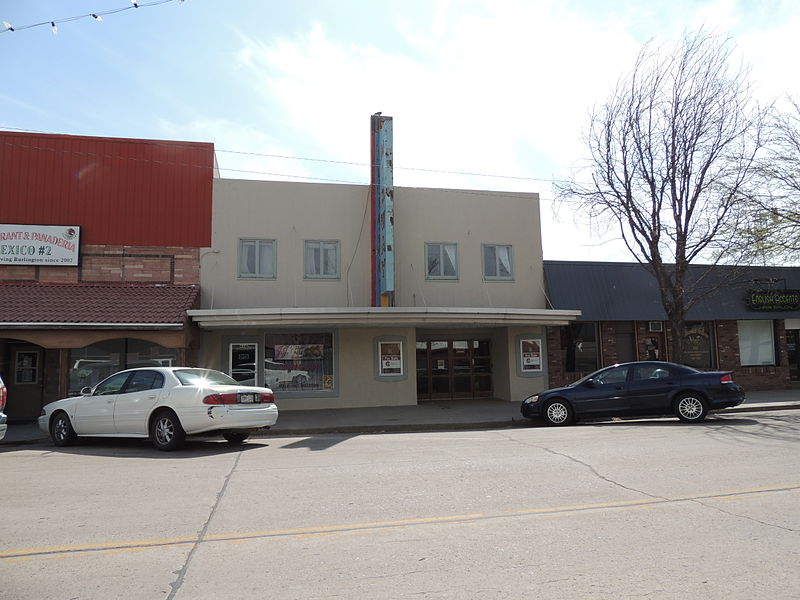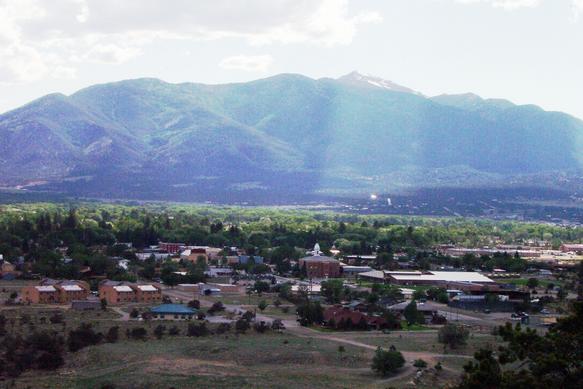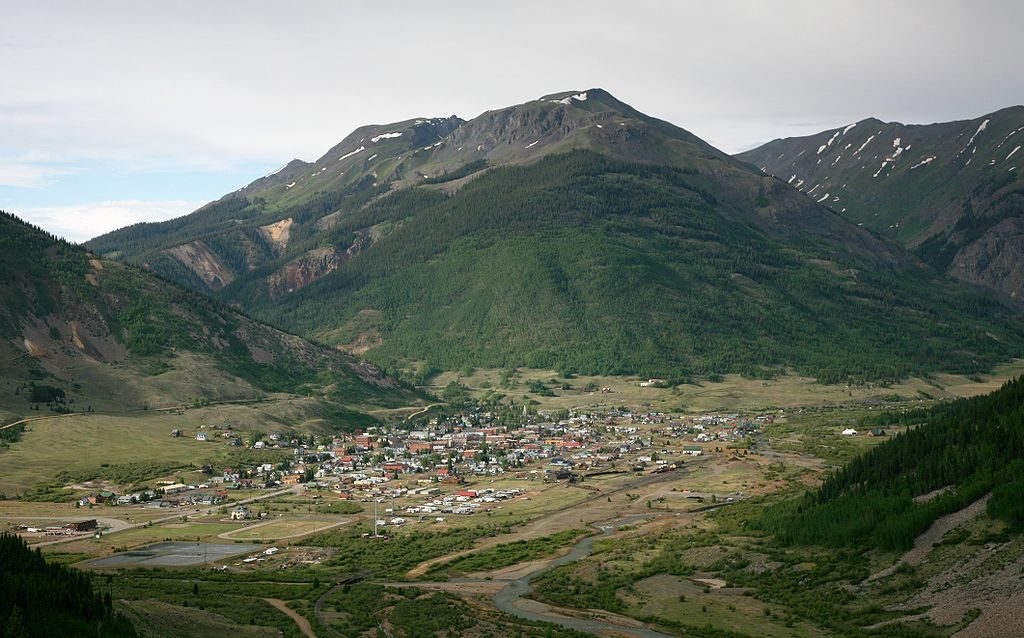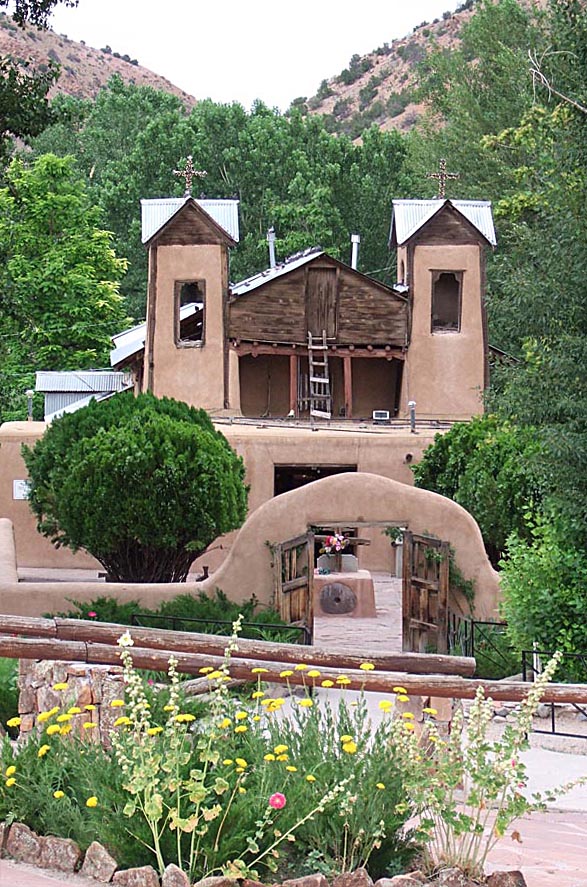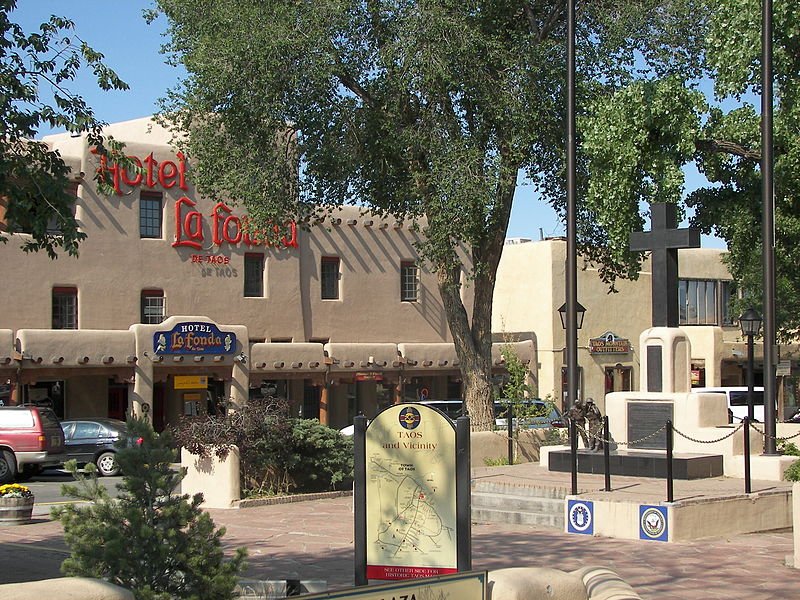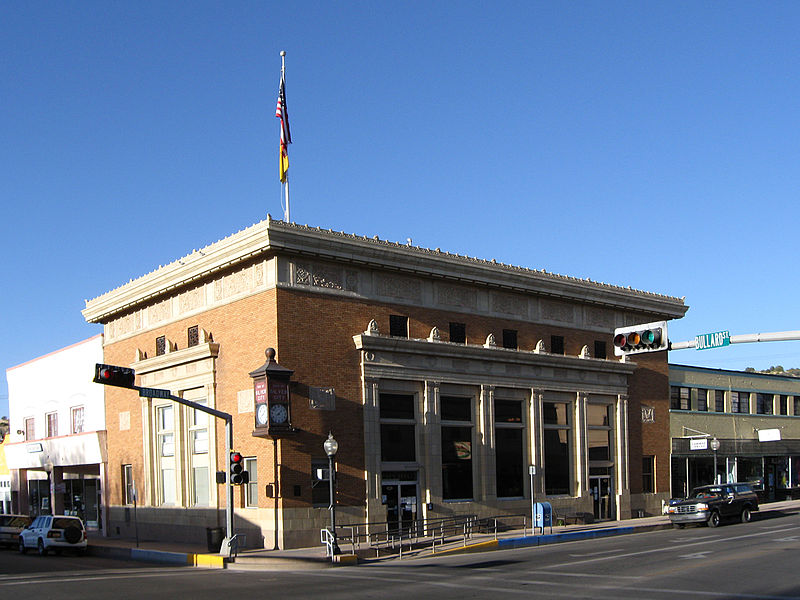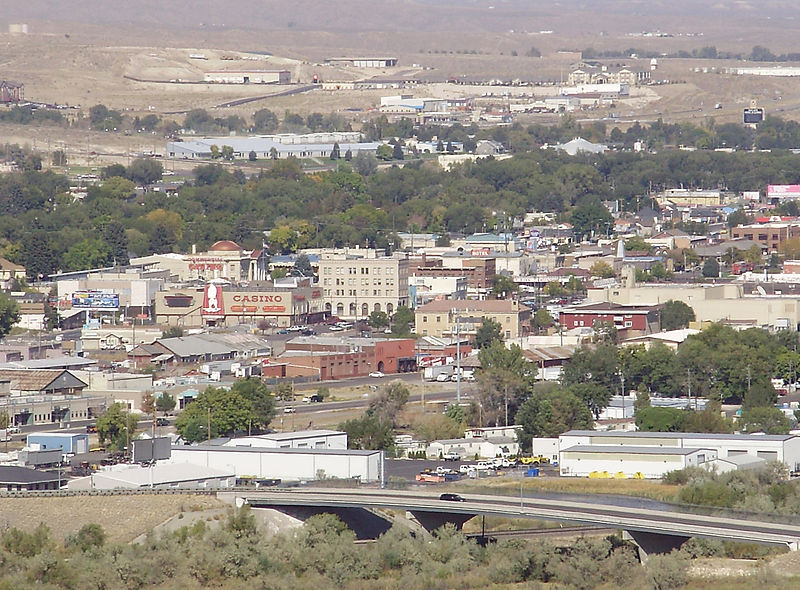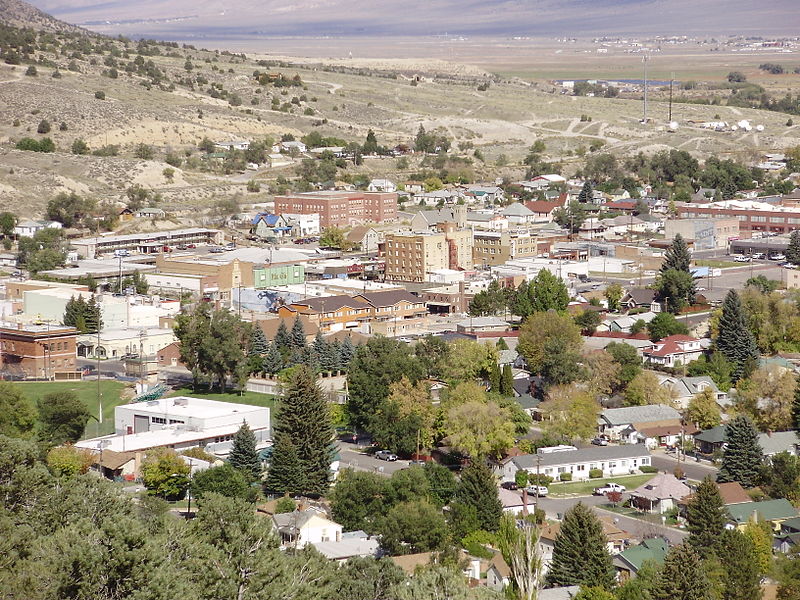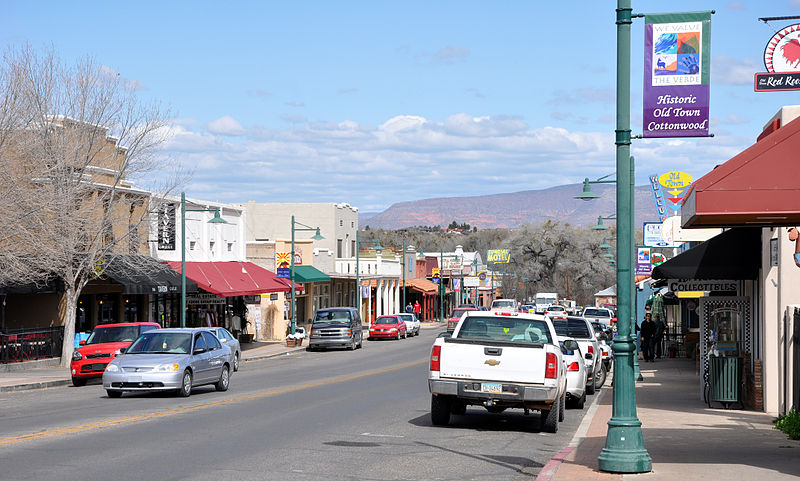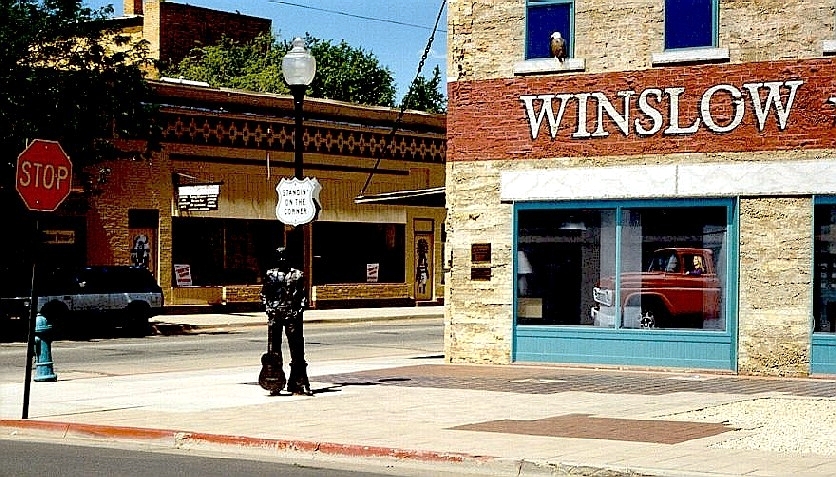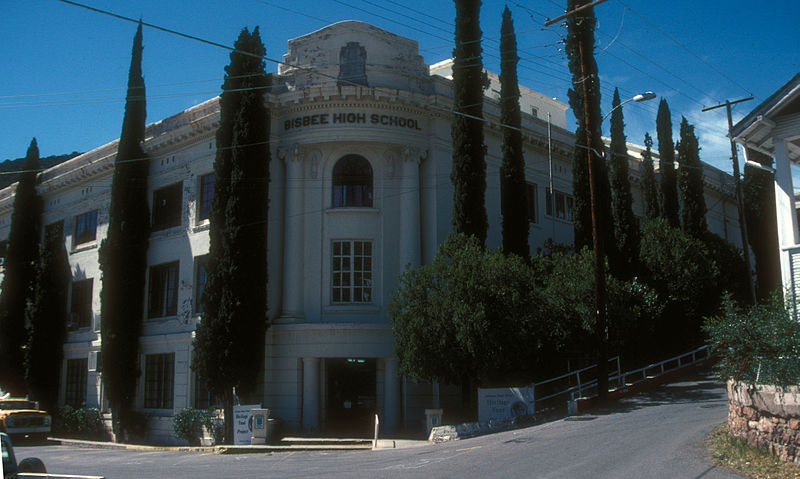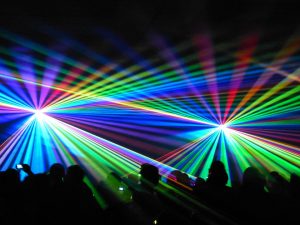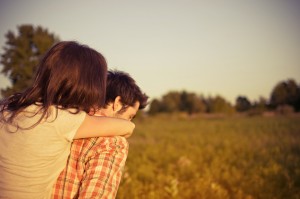What Is Epilepsy?
Epilepsy is a disorder that occurs when nerve cell activity in the brain is disturbed. The troubling result of the disturbance is seizures. Epilepsy is the fourth most common neurological disorder and sadly, it can affect people of all ages. The intensity of the disorder varies from person-to-person and is chronic. This means that it can last from several years up to a lifetime.
Epilepsy is a condition of the brain. Everything related to the disorder stems from the brain even though seizures can affect other parts of the body. It’s important to note that a seizure and epilepsy are not the same thing. An epileptic seizure occurs due to abnormal excessive or synchronous neuronal activity in the brain. A seizure is an event and epilepsy is a disease that causes seizures.
The Symptoms…
There are more than 200,000 documented US cases of epilepsy each year. The victims of this disorder are faced with unpredictable and reoccurring seizures. These seizures can range in occurrence – from multiple times a day to just once a year. There are a few different forms of seizures and each person responds differently, with different symptoms. The seizures usually last from around a few seconds to a few minutes. Some people are conscious throughout the seizures; some people lose consciousness. Some people awake afterward and have no memory of the seizure.
It is easy to recognize a dramatic seizure – one that makes you fall to the ground and move your muscles aggressively and uncontrollably. However, many seizures are difficult to notice. According to WebMD, a credible website for all things medical, all seizures are different. According to the website: “Some seizures make you stare into space for a few seconds. Others may consist only of a few muscle twitches, a turn of the head, or a strange smell or visual disturbance that only you sense.
Epileptic seizures often happen without warning, although some people may have an aura at the start of a seizure. A seizure ends when the abnormal electrical activity in the brain stops and brain activity begins to return to normal. Seizures may be either partial or generalized.” (WebMD.com)
WebMD continues to explain the differences between partial and generalized seizures:
Partial seizures
Partial seizures begin in a specific area or location of the brain. The most common types of partial seizures are:
- Simple partial seizures. Simple partial seizures do not affect consciousness or awareness.
- Complex partial seizures. Complex partial seizures do affect level of consciousness. You may become unresponsive or may lose consciousness completely.
- Partial seizures with secondary generalization. Partial seizures with secondary generalization begin as simple or complex partial seizures but then spread (generalize) to the rest of the brain and look like generalized tonic-clonic seizures. These two types can easily be confused, but they are treated differently. Most tonic-clonic seizures in adults begin as partial seizures and are caused by partial epilepsy. Generalized tonic-clonic seizures are more common in children.
Generalized seizures
Seizures that begin over the entire surface of the brain are called generalized seizures. The main types of generalized seizures are:
- Generalized tonic-clonic seizures (grand mal seizures), during which the person falls to the ground, the entire body stiffens, and the person’s muscles begin to jerk or spasm (convulse).
- Absence seizures (petit mal seizures), which make a person stare into space for a few seconds and then “wake up” without knowing that anything has happened.
- Myoclonic seizures, which make the body jerk like it is being shocked.
- Atonic seizures, in which a sudden loss of muscle tone makes the person fall down without warning.
- Tonic seizures, in which the muscles suddenly contract and stiffen, often causing the person to fall down.
(WebMD.com)
Quick Stats…
To put things into perspective, we have gathered statistics from all around the world. The Epilepsy Foundation lists these “Quick Stats” on its summary page for epilepsy:
- 65 MILLION: Number of people around the world who have epilepsy.
- 3 MILLION: Number of people in the United States who have epilepsy.
- 1 IN 26 people in the United States will develop epilepsy at some point in their lifetime.
- BETWEEN 4 AND 10 OUT OF 1,000: Number of people on earth who live with active seizures at any one time.
- 150,000: Number of new cases of epilepsy in the United States each year.
- ONE-THIRD: Number of people with epilepsy who live with uncontrollable seizures because no available treatment works for them.
- 6 OUT OF 10: Number of people with epilepsy where the cause is unknown.
The Cause…
While there are a few risk factors for epilepsy, a cause for the disorder cannot always be identified. Some people are diagnosed with epilepsy due to a tumor, infection, or brain damage. It is possible for epilepsy to develop due to family history.
The mostly unknown causes combined with the statistics previously discussed are what makes epilepsy so scary. This is why we need a new way to fight it! This is where light therapy comes into play.
Light Therapy & Epilepsy
While there is still no absolute cure for epilepsy, there is groundbreaking research being done. Light therapy is looking like one of the best ways to treat epilepsy and it’s nothing short of mind blowing.
Optogenics is a new scientific field that is providing researchers with new tools that help them further understand how the brain works in times of health and disease. This method uses light to control events in living cells. The method lets scientists examine normal and abnormal brain cell functions. It also helps them discover new ways to treat neurological disorders. These new methods are breaking ground and changing the world for the better.
IFL Science, a website dedicated to publishing articles for true lovers of the sciences, recently did a piece on this new science. The article explains exactly how the technique works:
“The technique involves inserting genes into specific groups of brain cells, or neurons, within a region of interest, usually by infecting them with a virus that has been engineered to contain specific DNA sequences. These genes, which are usually sourced from bacteria or jellyfish, then produce a light-sensitive protein which either switches the cells on or off in response to light. This allows scientists to scrutinize how cell types contribute to the function of neural circuits.
Additionally, because this technique can be used in living organisms, such as animal models of Parkinson’s, researchers are gaining new insights into various neurological disorders. And now, new research has hinted that one day, it could be used as a novel way to stop seizures in epileptics.” (iflscience.com)
The Proof…
Recently, studies were conducted on mice that effectively stopped the seizures that they were scientifically manipulated to have. At first, the researchers used optogenics to activate the cells within the cerebellum. This structure controls body movement. The researchers found that firing these cells during seizures quickly caused them to stop, thus bringing the abnormal electrical activity back to it’s normal place. This led the researchers to conduct another experiment. They wondered whether inhibiting the same cells as before would make the seizures worse. They used the same technique once more but prevented the cells from firing during the seizure. Instead of making the seizures worse, as they had anticipated, it actually stopped them. This means that it doesn’t matter whether the cells are excited or suppressed. As long as you disrupt the existing pattern of firing, the seizures can be avoided.
Another experiment was conducted after the previous one showed so much promise. IFL Science explains,
“Next, the researchers examined the effects of stimulating a specific type of cell within a structure called the dentate gyrus, which forms part of the hippocampus, a region critical for learning and memory. Some lines of evidence suggested that these cells, called granule cells, may prevent seizure activity in the hippocampus, although no studies had investigated this in live animals before.
“Preventing these cells from firing during seizure was found to effectively stop the seizure, whereas stimulating them made the seizures worse. Activating the same cells in healthy mice also caused them to experience seizures.” (iflscience.com)
In Conclusion…
These experiments suggest that this new method of using granule cells can represent a potential new target for getting seizures under control for victims of epilepsy. The world of medicine is changing every day thanks to light therapy.

